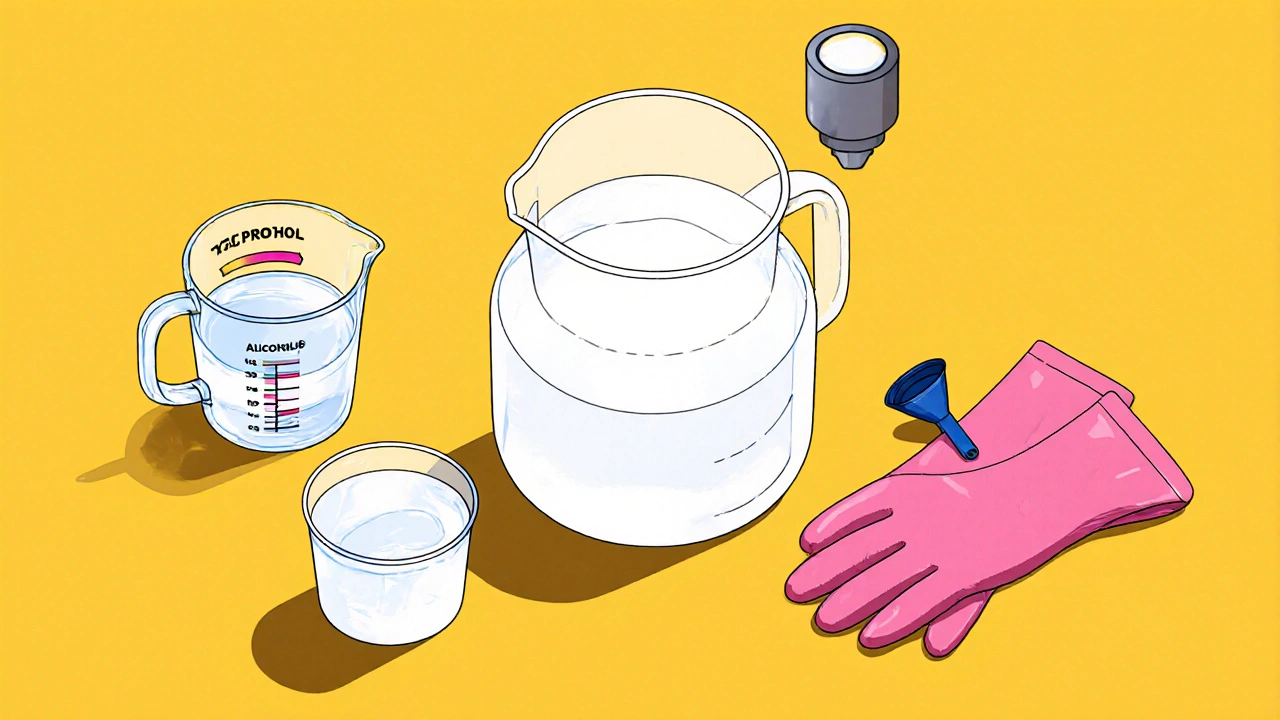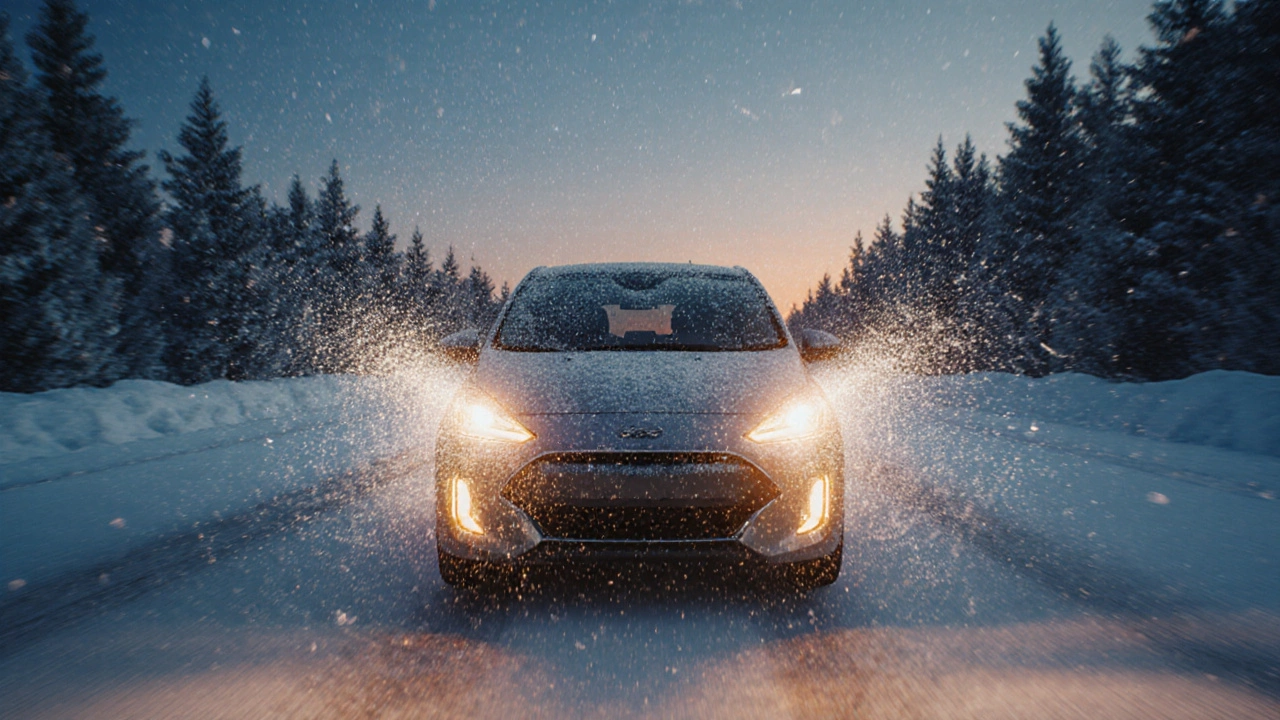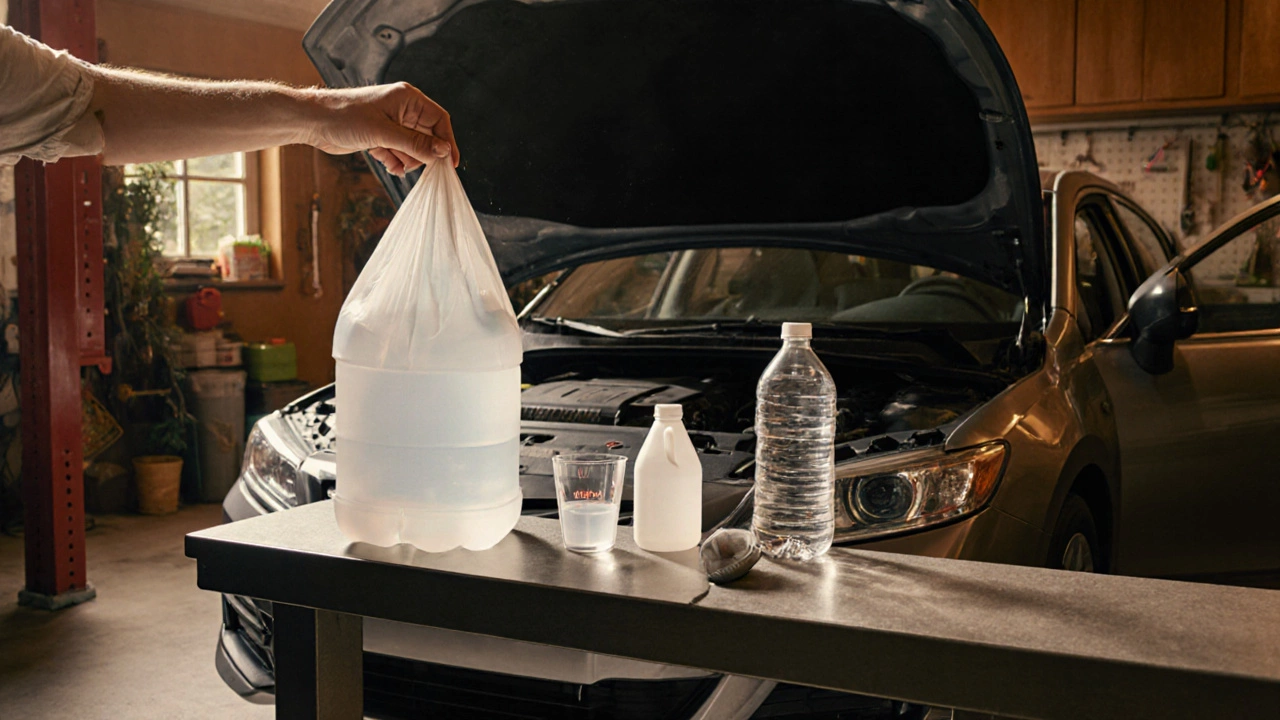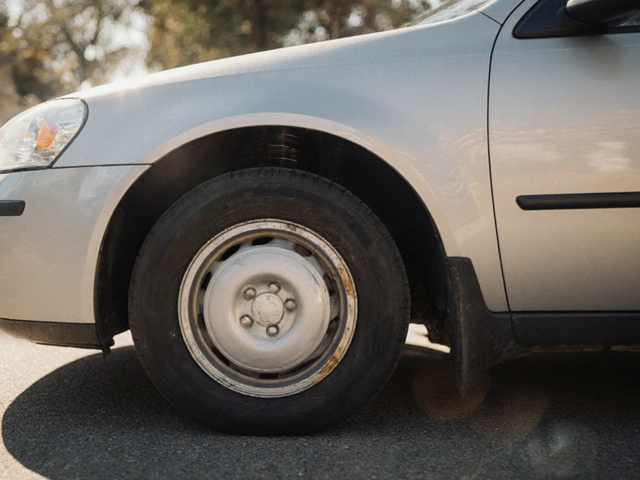When you pull into the garage and the bottle of windshield wiper fluid is empty, the next stop is often the auto parts aisle. But what if the store is out of stock, you’re on a road trip, or you just want to save a few bucks? Luckily, there are several safe, effective substitutes you can whip up at home using items most people already have.
Quick Takeaways
- Pure water freezes, so add alcohol or methanol for low‑temperature protection.
- Isopropyl alcohol (70‑99%) mixed 1:1 with distilled water works for most climates.
- Methanol offers the lowest freeze point but is toxic - handle with gloves.
- Vinegar plus a drop of dish soap gives decent cleaning power, though it won’t prevent freezing.
- Always avoid bleach, ammonia, or straight glass cleaners in the reservoir.
Windshield wiper fluid is a specially formulated liquid that cleans the glass and lowers the freezing point of water in the washer system. It typically contains a mix of water, alcohols (like methanol or isopropanol), surfactants, and corrosion inhibitors. The alcohol prevents the mixture from turning into ice on cold mornings, while the surfactants break down road grime, bird droppings, and bug splatter.
Why You Might Need a Substitute
Running out of fluid at the worst possible moment is frustrating, but there are genuine reasons to keep a backup recipe handy:
- Store shortages: Seasonal spikes can leave shelves empty, especially in remote areas.
- Cost concerns: Commercial bottles can be pricey; a DIY batch costs a fraction of the price.
- Emergency travel: When you’re miles from the nearest service station, a homemade mix can keep your visibility safe.
- Environmental preferences: Some drivers prefer fewer chemicals and want a more biodegradable formula.
Safety First - What Not to Use
Not every household liquid is safe for the washer system. Avoid these:
- Bleach - it can corrode metal parts and damage rubber seals.
- Ammonia - it fumes heavily and can cloud the windshield.
- Pure glass cleaners - many contain solvents that degrade hoses.
- Undiluted windshield washer concentrate - it’s too strong for direct fill.
DIY Substitute #1 - Isopropyl Alcohol & Distilled Water
Isopropyl alcohol (70‑99% strength) mixed 1:1 with distilled water gives a reliable, all‑season fluid. The alcohol lowers the freeze point to about -20 °C (-4 °F) and acts as a mild surfactant.
How to mix:
- Measure equal parts of isopropyl alcohol and distilled water.
- Combine in a clean, sealable container and shake gently.
- Pour the mixture into the washer reservoir, topping off as needed.
Cost per gallon is roughly $2‑$3, making it the most economical option.

DIY Substitute #2 - Methanol & Water
Methanol is the ingredient most commercial fluids use to achieve ultra‑low freeze points (down to -40 °C / -40 °F). A 1:2 ratio (one part methanol to two parts distilled water) works well in very cold climates.
Because methanol is toxic and evaporates quickly, wear gloves, work in a well‑ventilated area, and store any leftover mixture in a child‑proof container.
DIY Substitute #3 - Vinegar, Dish Soap & Water
Vinegar (white distilled) adds mild acidity that helps cut mineral deposits, while a few drops of Dish soap act as a surfactant. This blend cleans well but does not prevent freezing, so reserve it for mild climates.
Mix 1 cup vinegar, 1‑2 teaspoons dish soap, and 1 gallon distilled water. Shake gently to avoid foam, then fill the reservoir.
DIY Substitute #4 - Diluted Commercial Concentrate
If you have a concentrated windshield washer solution (often sold in small cans), you can dilute it yourself. Follow the label’s recommended ratio - typically 1 part concentrate to 3‑5 parts water - and you’ll get a formula comparable to the factory‑filled bottle.
Step‑by‑Step Mixing Guide
- Gather supplies: distilled water, any chosen alcohol (isopropyl or methanol), a measuring cup, a clean jug, gloves, and safety glasses.
- Measure accurately: use the ratios above; imprecise mixing can affect freeze protection.
- Combine liquids: pour the alcohol first, then add water slowly to reduce splashing.
- Label the container: note the ingredients and the date for future reference.
- Fill the reservoir: open the hood, locate the washer bottle, and pour the solution in, avoiding over‑filling.
- Test the spray: activate the wipers and verify a clear, even spray pattern.

Maintenance Tips for a Healthy Washer System
- Check the nozzle tips for clogs every few months; a pin can clear mineral buildup.
- Inspect the rubber hose for cracks - replace it if it feels brittle.
- Run the system with plain distilled water at least once a season to flush out residue.
- Store any leftover mixture in a sealed, insulated container if you expect sub‑zero temperatures.
Comparison of Common DIY Substitutes
| Ingredient | Typical Ratio | Cost per Gallon (USD) | Freeze Point | Cleaning Effectiveness |
|---|---|---|---|---|
| Isopropyl alcohol + distilled water | 1:1 | 2‑3 | -20 °C / -4 °F | High |
| Methanol + distilled water | 1:2 | 3‑4 | -40 °C / -40 °F | Very High |
| Vinegar + dish soap + water | 1 cup vinegar + 2 tsp soap per gallon | 1‑2 | 0 °C / 32 °F (freezes) | Medium |
| Diluted commercial concentrate | 1:3‑5 | Varies (usually 4‑6) | Depends on product (often -20 °C) | High |
Quick Checklist Before You Fill Up
- Use only distilled water - tap water can leave mineral spots.
- Wear gloves and eye protection when handling alcohols.
- Label the jug with ingredients and the date mixed.
- Check that the washer pump is operational before adding fluid.
- Avoid mixing different alcohol types in the same batch.
Frequently Asked Questions
Can I use regular household glass cleaner instead of wiper fluid?
No. Most glass cleaners contain solvents that can damage the rubber hoses and seals in the washer system. Stick to water‑based mixes with alcohol or vinegar.
Is it safe to use undiluted methanol?
Undiluted methanol is highly toxic and evaporates quickly, which can leave deposits in the pump. Always dilute it according to the 1:2 ratio and wear protective gear.
How often should I replace my DIY mixture?
Replace the mixture every six months or sooner if you notice a foul odor, cloudiness, or reduced cleaning power. Fresh fluid ensures consistent performance.
Can I add a few drops of fragrance oil?
A tiny amount (no more than 2‑3 drops per gallon) won’t hurt, but avoid oil‑based scents as they can coat the nozzle and reduce spray quality.
What’s the lowest freezing temperature I can achieve?
A methanol‑water mix at 1:2 can stay liquid down to about -40 °C (-40 °F). Isopropyl‑water at 1:1 holds up to roughly -20 °C (-4 °F).




